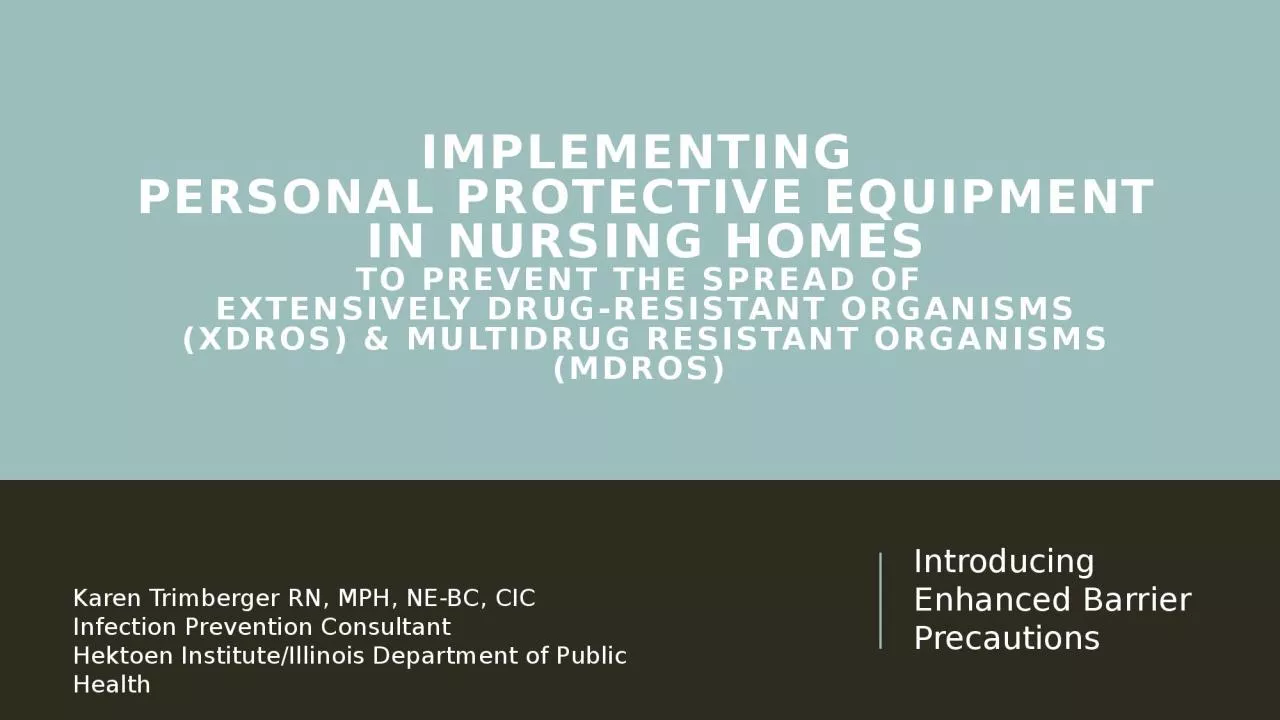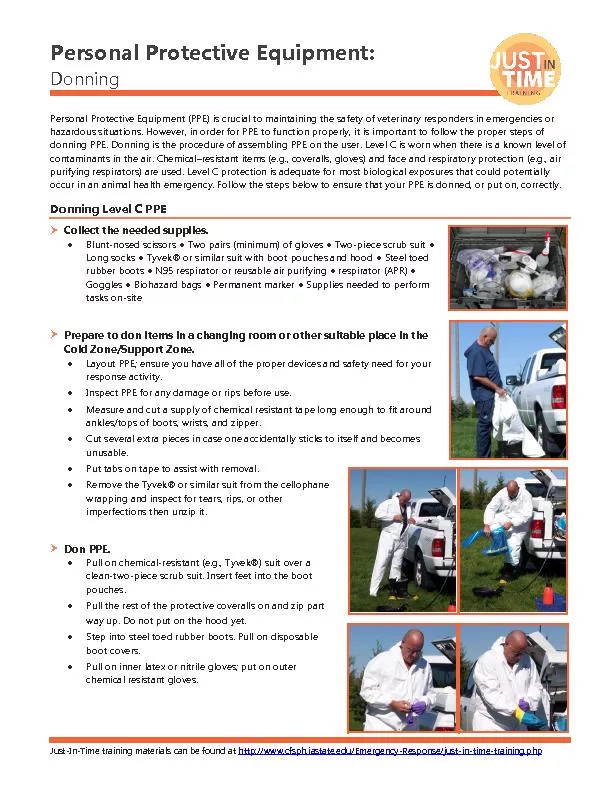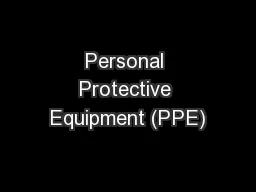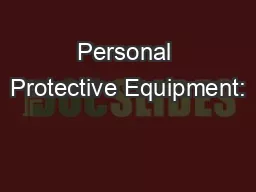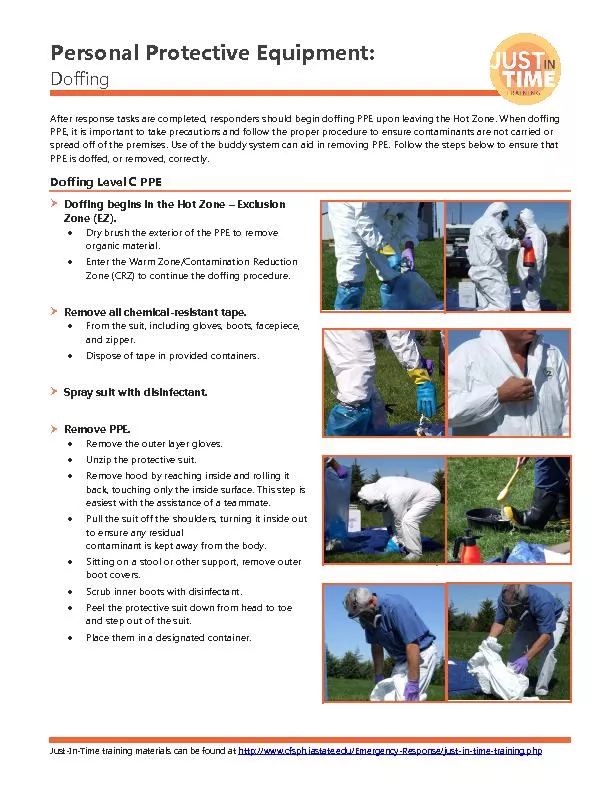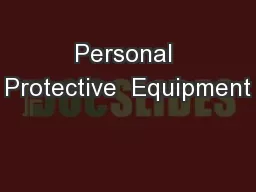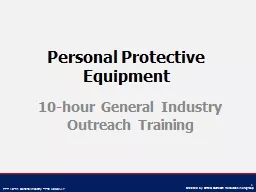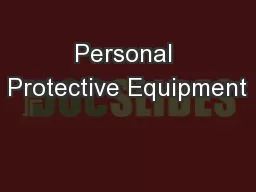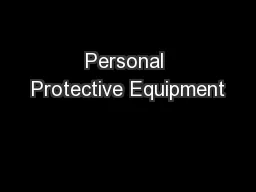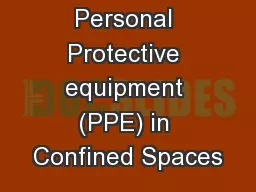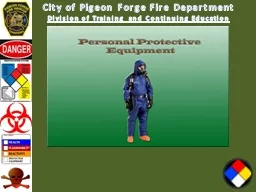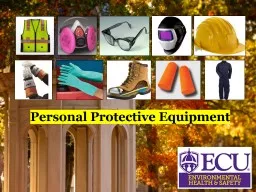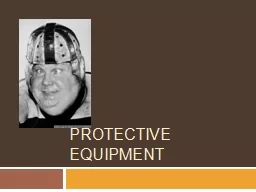PPT-Implementing personal protective equipment
Author : felicity | Published Date : 2024-03-15
In nursing homes To prevent the spread of Extensively drugresistant organisms XDROs amp Multidrug resistant organisms MDROs Introducing Enhanced Barrier Precautions
Presentation Embed Code
Download Presentation
Download Presentation The PPT/PDF document "Implementing personal protective equipm..." is the property of its rightful owner. Permission is granted to download and print the materials on this website for personal, non-commercial use only, and to display it on your personal computer provided you do not modify the materials and that you retain all copyright notices contained in the materials. By downloading content from our website, you accept the terms of this agreement.
Implementing personal protective equipment: Transcript
Download Rules Of Document
"Implementing personal protective equipment"The content belongs to its owner. You may download and print it for personal use, without modification, and keep all copyright notices. By downloading, you agree to these terms.
Related Documents

